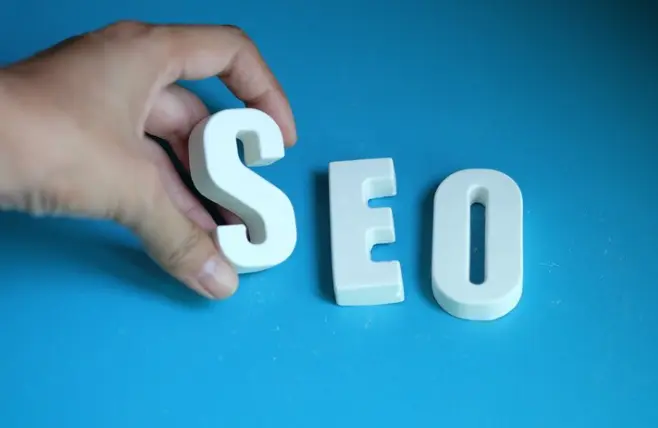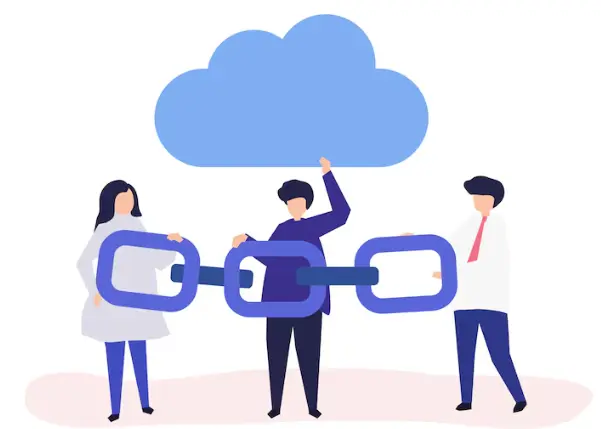As we are in 2024 and going to Mid 2024, it’s time to reconsider our SEO plan. Instead of completely changing everything, let’s look at what’s going well and what needs improvement to adjust our focus. This article covers important parts of your strategy that need reviewing. It includes broad business ideas and the specific data, tools, content, and technical details that make a difference.
Whether you’re making minor adjustments or major changes, this best SEO checklist will help you establish a successful SEO plan for the year ahead. We explain how rank online.
Table of Contents
Obtain very clarity on business priorities for Mid 2024 and So On
Before you analyze your SEO strategy checklist, it’s crucial to know where the business aims to go in Mid of 2024 and beyond. Get a clear understanding of potential strategic changes, new products, markets, audiences, and shifts. Your plan should be based on the business strategy, so the more you understand this and ensure your goals match, the stronger your plan will be.
Are you aware? : Trends of industry or Economics
Macro trends may have been addressed in the broader business strategy, but it’s important to conduct your own research. What’s happening in the industry beyond just SEO Services? Have major competitors made significant moves in 2023? Are there annual reports available for download and review? What are industry publications saying?
As it’s the time for predicted content to emerge, it’s essential to stay updated. Consider how this information could impact the business’s direction in Mid 2024, especially concerning search.
Is There any change in customers searching or buying?
How well do you understand your audience? And how is this understanding shaping your search strategy?
Understanding your audience should be a fundamental aspect of your strategy in your last time mapped out the customer journey? For instance, identifying where search and social media intersect can offer valuable insights into the type of content users are seeking.
Are your audience still relying on search engines at key points in their journey, or are they turning to social media? Are they interested in written content, or are they looking for audio or video? Furthermore, are you still targeting the right audience, or is there a new audience you could reach? Considering the business strategy and potential new product launches, does this impact your approach?
Are you continuously monitoring your competitors?
Create a map of your competitors and ensure you haven’t overlooked any new entrants in the market. You might have major players out there who aren’t your direct search competitors.
When was the last time you thoroughly analysed some of your primary search competitors? Resetting your strategy presents an excellent opportunity to do this. Examine where they’re placing their focus, whether they’re implementing strategies you haven’t considered, and identify potential risks.
deep digger: Competitor Analysis Importance In SEO Strategy
Analyse SWOT (strengths, weaknesses, opportunities and threats)
Based on all the research conducted and considering the broader context, it’s important to outline your strengths, weaknesses, opportunities, and threats (SWOT) from an SEO perspective. This analysis can be for internal use or included in strategy documentation for stakeholders like managers, the board, or clients. It demonstrates a comprehensive understanding of your current position and potential developments over the next 12 months. With the business strategy fully taken into account, you can now delve into your SEO strategy checklist. Begin by conducting a performance review and assessing your processes, tools, and team.
Best and worst performance from last year
I always find it beneficial to conduct a review of last year’s performance. Depending on your strategic focus, you may want to include slightly different insights.
Examine both top-performing and worst-performing content from a search perspective, considering factors such as the content format. Compare this with content from all channels to understand which content resonates most with your users and in what format. Analyze this content alongside your goals and ecommerce data. While you’ll have your own business-approved attribution model, it’s useful to see where SEO has contributed to conversions.
If you have a well-defined customer journey, you’ll have a clear understanding of the role SEO plays in converting customers, based on your focus areas. Assessing the success throughout the year is essential. This will reveal gaps where desired results weren’t achieved or where rankings haven’t translated into expected actions.
Collaborate with your customer experience (CX) and data teams to identify trends. Solely focusing on rankings may be too narrow; you need to understand if SEO is effectively driving customer conversions. Therefore, when reviewing 2023 data, consider a broad range of factors. It’s also an excellent opportunity to identify anything you wish you had tracked and incorporate it into your Mid 2024 strategy.
Review Your Tools That You Are Using?
Thoroughly assessing your tools is vital because overlooking a critical asset could give your competitors an edge. We tend to develop habits, even with our tools. We often use the same reports repeatedly. But are there additional features in your tools that you’re not utilizing? Do you require additional training from the provider?
Alternatively, are there new tools available that could enhance your capabilities, streamline processes, or optimize your approach to SEO strategy? Depending on when your annual budget renews, it’s worthwhile to allocate some time to explore what’s available on the market and how best to utilize your tool budget.
Have you adopted AI?
In 2023, AI was the focal point of almost every article, podcast, and event. Have you explored how AI could benefit you and your business? If not, I suggest dedicating some time in mid 2024 to this exploration.
I firmly believe AI can be a valuable asset for strategy, acting as a data analyzer, researcher, or idea generator. While it may not complete tasks such as content publication or final decision-making, it greatly improves processes and speeds up delivery.
Are you reporting in the right way?
SEO reporting serves two main purposes:
- Offering detailed insights for day-to-day decision-making with close colleagues.
- Meeting reporting requirements for managers, boards, or clients.
At the beginning of a new year, it’s advantageous to gather feedback from recipients to improve transparency and clarity in your reports.
Are you ready to enjoy your success?
Given the multitude of skills required to execute an SEO strategy, it’s probable that you’ll have colleagues, freelancers, or an agency supporting you. It’s important to ensure they are also addressing the items outlined in this checklist. For many agency relationships, a similar review should occur every quarter.
As you develop your Mid 2024 strategy, assess if you have the right individuals in the appropriate roles and ensure they understand their responsibilities.
Are you using the right Keywords or missing something?
Keep in mind your audience’s search behaviour is very important for a successful SEO strategy. It’s not solely about optimizing what you perceive to be logical; you must ensure it relates with user intent. Without this knowledge, you risk failure either by having the wrong content for user intent despite a good position or having both position and content but failing to guide the user to a conversion. To accompany your keyword research, it’s essential to understand what your audience is searching for, what they hope to find, and what they aim to accomplish.
Are your content priority wise plans?
Making sure you prioritise your content plan based on its potential impact will lead to greater success. Collaborate closely with your CX and data teams to figure out how you can convert more users through your content. Additionally, ask yourself these questions:
- Is the format appropriate?
- How does my audience prefer to consume this content?
- Am I presenting it in a way that helps drive conversions?
Having a roadmap that clearly lays out your plans for the next quarter and the entire year is advantageous. This helps align teams and fosters collaboration.
Deep Digger: Find How Rank Online (11 Steps)
Do you check website health and what plans?
Technical SEO is crucial to any SEO strategy checklist and is often influenced by other departments, necessitating broader business discussions. Access to the website’s technical roadmap and involvement in its planning can significantly enhance the success of your strategy.
Engineering teams may overlook SEO easily. To prevent this, embed yourself into their planning process. This integration makes working as an SEO professional less stressful. Nothing is worse than the last-minute surprise of “We’re launching X tomorrow!”
A strategy refresh provides an excellent opportunity to assess the overall technical health of SEO. Identify opportunities to address this year. Benchmark against core competitors to establish a baseline. You can also leverage this information to advocate for technical improvements that may require involvement from the development team.
What will motivation behind your publications of business in mid-2024?
After reviewing your performance in 2023, you’ll have a clear understanding of what worked well, what didn’t, and any missed opportunities. As you plan for this year, it’s important to avoid falling into the same issues that hindered your strategy previously.
Aligning your digital PR plan with your content strategy is crucial, particularly when relying on others for content creation. Ask yourself why your target publications would be interested and find hooks to stand out in Mid 2024.
Journalists are increasingly pressed for time and under pressure to produce quality content quickly. By creating content that resonates with their audience and fostering the right relationships, you can increase your chances of success.
What are others doing?
Keep in mind that SEO achieves its greatest success when integrated into the broader strategy. While some businesses naturally integrate SEO, many still operate with isolated teams and insufficient communication. Take the lead in breaking down these silos. Share your new strategy plan and boost other teams to undergo similar exercises. Align your priorities and work with the customer’s journey, mirroring customer behavior. Embracing a customer-first mentality leads to remarkable results.







